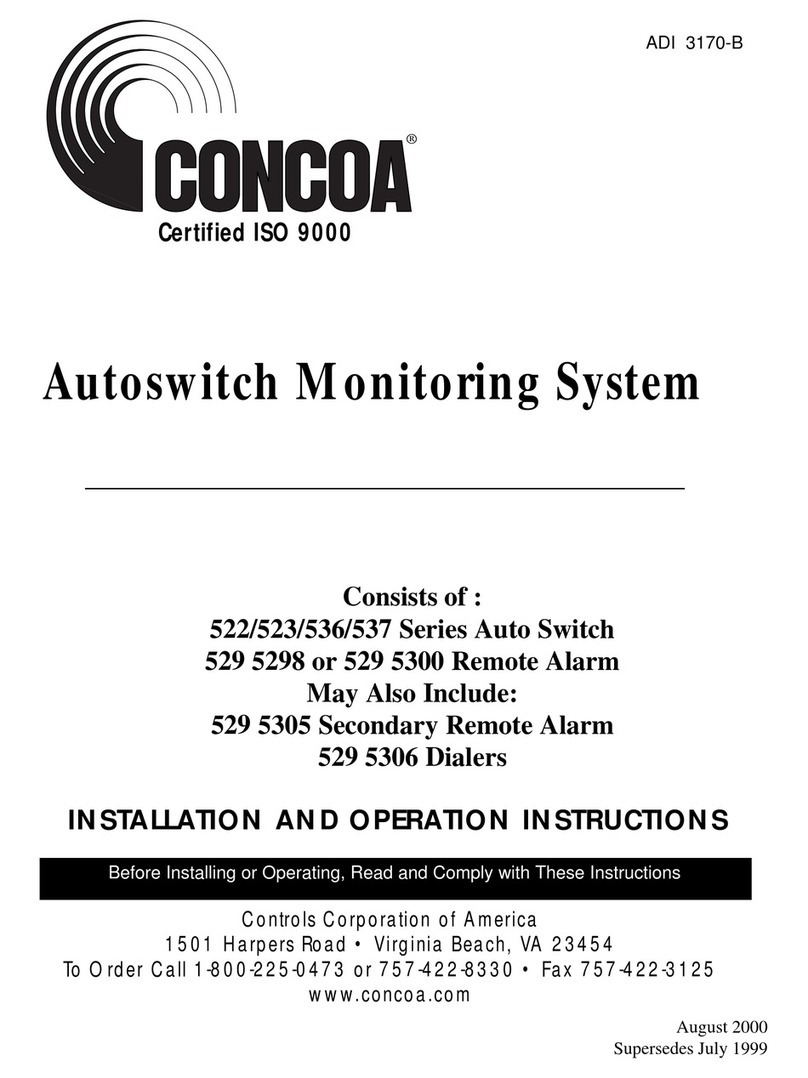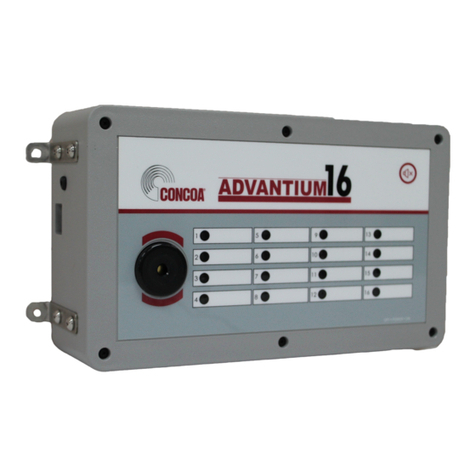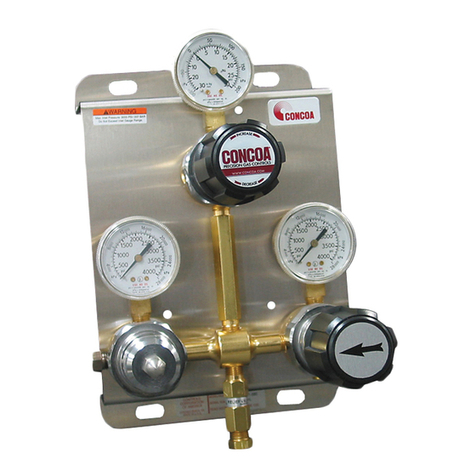
1
Index
Description of Product.........................................................................................................2
Power Requirements............................................................................................................2
Alarm Relay Specifications .................................................................................................2
Understanding Alarm Operation..........................................................................................3
Mounting Requirements.......................................................................................................4
Installation Instructions........................................................................................................5
Connecting External Input Devices to the Altos 2™...........................................................5
Connecting Alarm Outputs................................................................................................16
Muting Audible Alarm.......................................................................................................16
Configuration using the LCD Screen.................................................................................17
Status Menu .......................................................................................................................18
Channel Settings ................................................................................................................19
Input/Alarm Mode .....................................................................................................20
Alarm Set Point..........................................................................................................21
Units of Measure........................................................................................................22
Alarm Settings ...................................................................................................................22
Alarm Delay...............................................................................................................23
Blink When Both In Alarm........................................................................................24
System Settings..................................................................................................................25
Set Channel Offset.....................................................................................................26
Set Channel Max........................................................................................................27
Deadband ...................................................................................................................28
Audible Mode ............................................................................................................29
Power Save Mode......................................................................................................30
Keypad Lockout.........................................................................................................31
Test Mode ..................................................................................................................31
Reset...........................................................................................................................32
About..........................................................................................................................32
Troubleshooting.................................................................................................................33
Warranty Information ........................................................................................................34

































